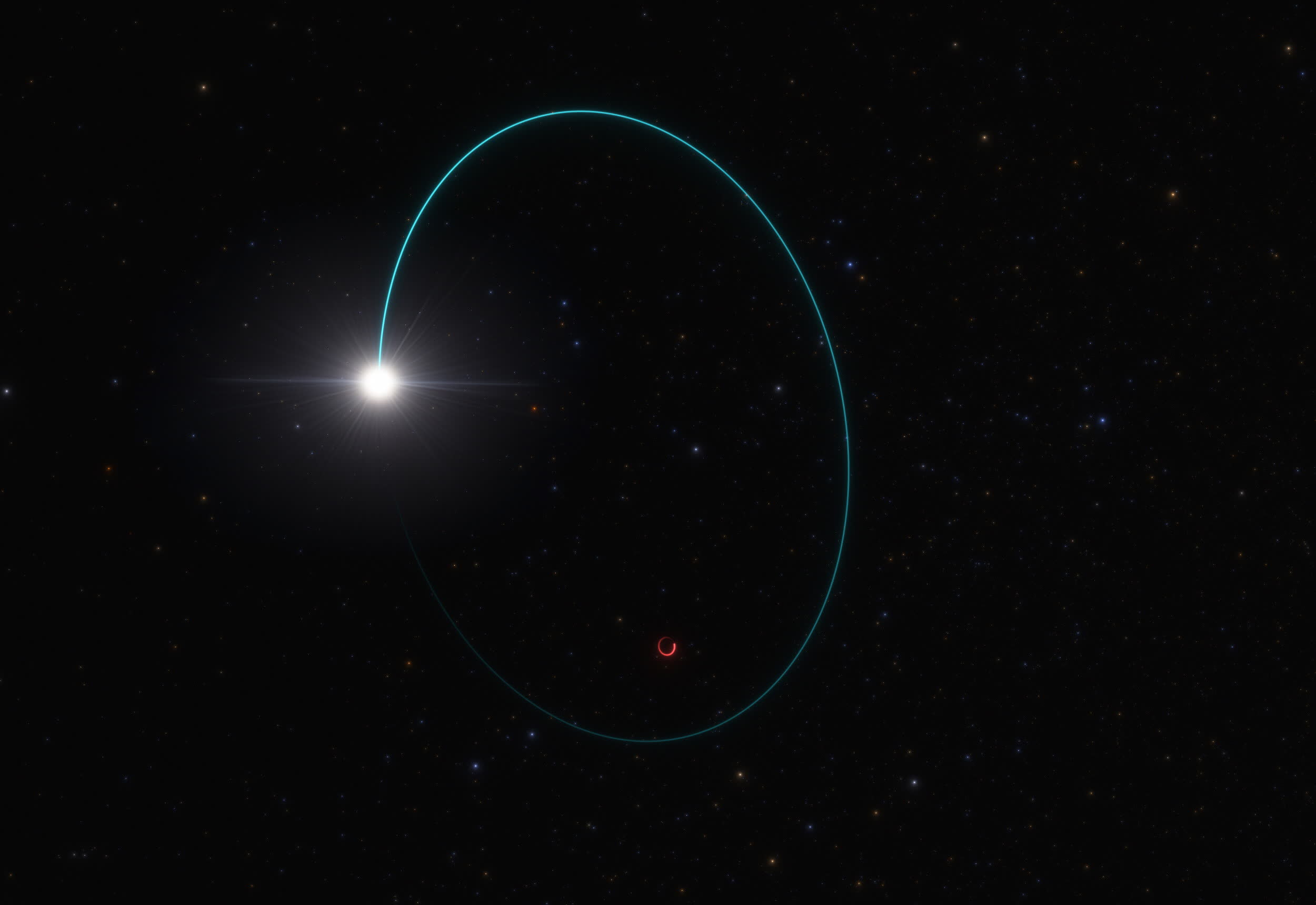Cosmic ghost: “Stellar” black holes are singularities formed after a dying star collapses onto itself. They are much smaller than the gargantuan supermassive black holes located at the center of most galaxies, and should be abundant in the Milky Way. The problem is that they are also extremely hard to detect.
European astronomers have confirmed the existence of Gaia BH3, a previously unknown stellar black hole. BH3 is the most massive stellar black hole discovered in the Milky Way so far and the second largest black hole in the galaxy after the supermassive monster known as Sagittarius A*.
BH3 is located 2,000 light-years away from Earth, in the constellation Aquila. It has a mass 33 times that of the Sun, while the most massive stellar black hole previously known (Cygnus X-1) only reached 21 solar masses. The average mass of black holes with a stellar origin in the Milky Way is expected to be 10 times the mass of the Sun, making the newly detected black hole rather unique.
There should be hundreds of millions of stellar black holes wandering through the galaxy, but the majority of them are essentially invisible to us. BH3 was spotted while astronomers were analyzing data collected by Gaia, an orbiting space observatory designed by the European Space Agency (ESA) to measure the positions, distances, and motions of billions of stars with “unprecedented precision.”

The ESA was expected to release the new tranche of Gaia data by 2025, but astronomers working with the agency discovered something significant enough to warrant the focus of a paper based on preliminary data alone.
BH3 was detected because it imposes a peculiar motion on a star orbiting the singularity. Further confirmation of the discovery was obtained using ground-based observatories, revealing the traits of the orbiting star and the exact mass of the stellar black hole.
According to Gaia astronomer Pasquale Panuzzo, BH3 was a completely serendipitous discovery, as no one was expecting to find a black hole so massive “lurking nearby, undetected so far.” Black holes of comparable masses were previously discovered outside the Milky Way, by detecting gravitational waves generated when two black holes collide.
The newly detected black hole can act as a link between the dozen stellar black holes already discovered in our galaxy and those found through gravitational waves, Panuzzo said. Most stellar black holes don’t have a star orbiting them, which means BH3’s discovery was an extremely fortunate occurrence in modern astronomy.

